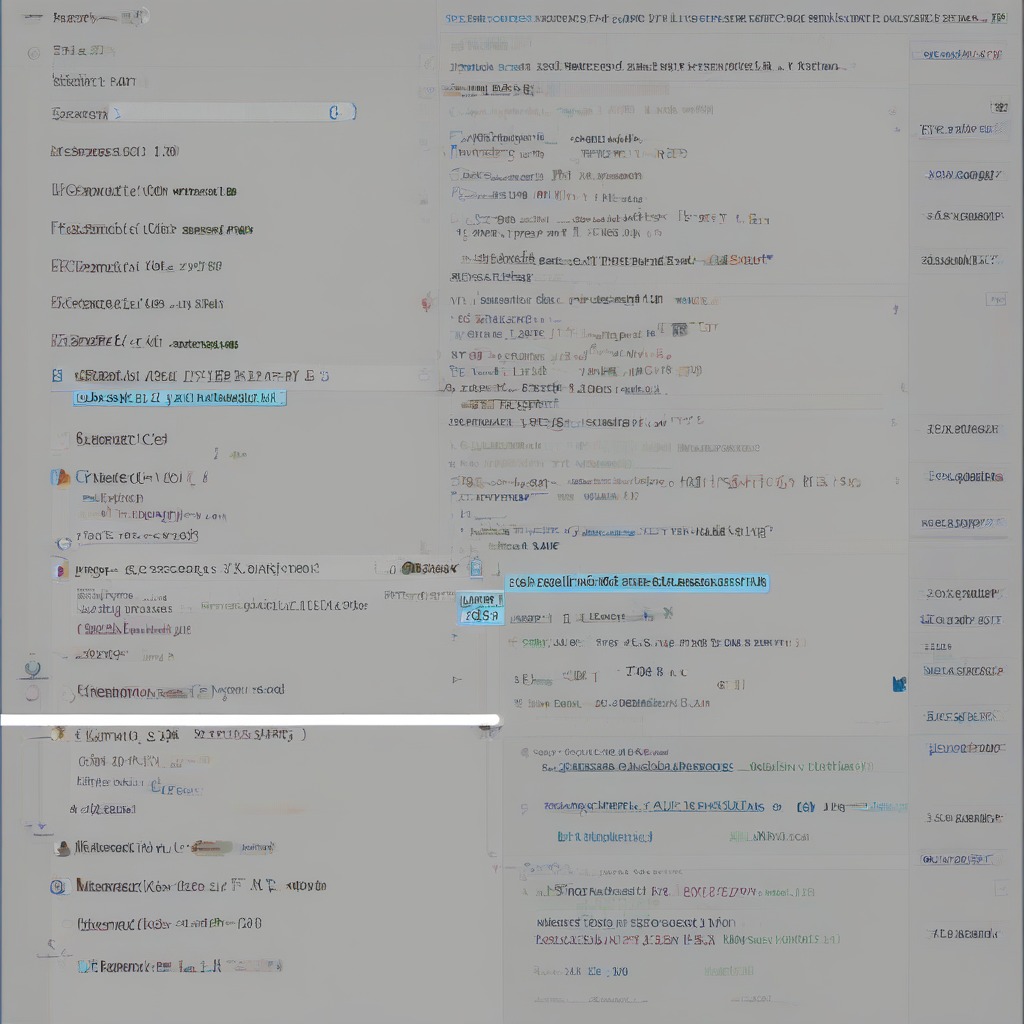Unlocking Your Dream Home: A Comprehensive Guide to Home Improvement Funding
Transforming your house into a dream home is an exciting endeavor, but it often comes with a hefty price tag. Whether you’re planning a major renovation or simply want to spruce up your space, finding the right funding solution is crucial. This comprehensive guide will explore the diverse avenues available to finance your home improvement projects, empowering you to make informed decisions and unlock the full potential of your property.
Understanding Your Financial Landscape
Before embarking on your funding journey, it’s essential to assess your current financial situation. This involves understanding your budget, credit score, and debt-to-income ratio. A clear picture of your financial landscape will guide you toward funding options that align with your circumstances.
- Budgeting: Determine the total cost of your home improvement project, factoring in materials, labor, permits, and any unexpected expenses. Create a realistic budget that accounts for all costs, including potential interest payments if you opt for financing.
- Credit Score: Your credit score plays a significant role in securing loans and determining interest rates. Improving your credit score before applying for funding can lead to more favorable terms.
- Debt-to-Income Ratio: This ratio represents your monthly debt payments relative to your monthly income. Lenders often use this metric to assess your ability to repay loans. Keeping your debt-to-income ratio low increases your chances of approval.
Traditional Loan Options
Traditional loans are a popular choice for home improvement financing, offering a structured repayment plan and a clear understanding of interest rates. Here are some commonly used options:
Home Equity Loans
Home equity loans allow you to borrow against the equity you’ve built up in your home. This is a secured loan, meaning your home serves as collateral. Key features:
- Fixed Interest Rate: Offers stability and predictability for your monthly payments.
- Lump Sum Disbursement: You receive the entire loan amount upfront.
- Longer Repayment Terms: Typically span 5 to 15 years.
Home Equity Lines of Credit (HELOCs)
HELOCs are revolving lines of credit secured by your home. You can draw funds as needed up to a predetermined limit, similar to a credit card. Key features:
- Variable Interest Rate: Rates fluctuate based on market conditions.
- Draw Period: Allows you to access funds over a set period, typically 10 years.
- Repayment Period: Begins after the draw period, usually spanning 10 to 20 years.
Personal Loans
Personal loans are unsecured loans that don’t require collateral. They can be obtained from banks, credit unions, or online lenders. Key features:
- Variable or Fixed Interest Rates: Depending on the lender and loan terms.
- Lump Sum Disbursement: Funds are provided upfront.
- Shorter Repayment Terms: Typically range from 2 to 7 years.
Alternative Financing Options
Beyond traditional loans, there are several innovative funding avenues catering to specific needs and circumstances.
Cash-Out Refinance
This option involves refinancing your existing mortgage to a higher amount, allowing you to tap into your home’s equity. The additional funds can be used for home improvements. Key features:
- Potential Lower Interest Rate: If interest rates have decreased since your original mortgage.
- Increased Monthly Payments: Due to the higher loan amount.
- Closing Costs: Associated with the refinancing process.
Government-Backed Loans
Government agencies like the Federal Housing Administration (FHA) and the Department of Veterans Affairs (VA) offer loans specifically designed for home improvements. These loans often have more flexible eligibility requirements and lower down payments. Key features:
- FHA 203(k) Loan: Covers both renovation costs and the purchase of a new home.
- VA Improvement Loan: Available to eligible veterans for home improvements.
- Energy-Efficient Loans: Provide incentives for energy-saving upgrades.
Seller Financing
In some cases, the seller of a home may be willing to provide financing for the buyer to make necessary improvements. This can be a mutually beneficial arrangement. Key features:
- Customizable Terms: Negotiated directly between buyer and seller.
- Potential Lower Interest Rates: Compared to conventional loans.
- Flexibility: Allows for tailored repayment schedules.
Creative Funding Strategies
For those looking for alternative approaches, several creative strategies can help fund your home improvement projects.
Home Equity Line of Credit (HELOC)
A HELOC allows you to access a revolving line of credit based on your home equity, providing flexibility for ongoing projects. Key features:
- Variable Interest Rate: Fluctuates with market conditions.
- Draw Period: Allows you to access funds over a set period.
- Repayment Period: Begins after the draw period, typically spanning 10 to 20 years.
Personal Loans
Personal loans are unsecured loans that offer quick access to funds for various purposes, including home improvements. Key features:
- Variable or Fixed Interest Rates: Depending on the lender and loan terms.
- Lump Sum Disbursement: Funds are provided upfront.
- Shorter Repayment Terms: Typically range from 2 to 7 years.
Credit Cards
Credit cards can be a temporary solution for smaller home improvement projects, but be cautious of high interest rates and potential debt accumulation.
Home Improvement Loans
Some lenders specialize in offering home improvement loans with specific terms tailored to renovation projects. Key features:
- Fixed or Variable Interest Rates: Depending on the lender and loan terms.
- Lump Sum Disbursement: Funds are provided upfront.
- Repayment Terms: Typically range from 5 to 15 years.
Financing Strategies for Specific Projects
The best funding approach often depends on the specific type of home improvement project you have in mind.
Major Renovations
For major renovations, like kitchen or bathroom upgrades, consider these options:
- Home Equity Loans: Provide a lump sum for substantial projects.
- HELOCs: Offer flexibility for ongoing renovations.
- FHA 203(k) Loan: Suitable for renovation projects tied to home purchases.
Energy-Efficient Upgrades
For energy-saving upgrades, like solar panels or insulation, explore these options:
- Government-Backed Loans: Provide incentives and low interest rates for energy-efficient upgrades.
- Home Improvement Loans: Tailored to specific renovation projects.
- Energy Rebates: Offered by local utilities or government agencies.
Small-Scale Projects
For smaller projects, like painting or landscaping, consider these options:
- Credit Cards: For short-term financing, but be mindful of high interest rates.
- Personal Loans: Offer quick access to funds for smaller projects.
- Savings: If you have the funds available, using savings can avoid debt.
Essential Considerations
Before diving into financing options, it’s crucial to consider these key aspects:
Interest Rates
Interest rates vary significantly depending on the loan type, lender, and your credit score. Compare interest rates from multiple lenders to secure the most favorable terms.
Loan Terms
Repayment terms, including loan duration and monthly payments, impact the overall cost of financing. Choose terms that fit your budget and repayment capacity.
Fees and Closing Costs
Lenders often charge origination fees, closing costs, and other fees associated with loans. Factor these costs into your overall budget.
Prepayment Penalties
Some loans may include prepayment penalties, limiting your ability to repay early and save on interest. Review loan agreements carefully.
Tips for Getting Approved
To increase your chances of loan approval, consider these tips:
Improve Your Credit Score
A good credit score significantly improves your eligibility and interest rates. Take steps to improve your score before applying for loans.
Shop Around for Lenders
Compare offers from multiple lenders to find the best rates and terms. Online lenders often offer competitive options.
Provide Complete Documentation
Be prepared to provide lenders with all necessary documentation, including income verification, bank statements, and credit reports.
Be Realistic About Your Budget
Borrowing responsibly is crucial. Ensure your loan payments are manageable and fit comfortably within your budget.
Conclusion
Financing your home improvement projects requires careful planning and consideration. By understanding your financial landscape, exploring diverse funding options, and making informed decisions, you can secure the resources needed to transform your house into a dream home. Whether you choose traditional loans, alternative financing, or creative strategies, the key is to find a solution that aligns with your individual needs and budget. Remember to prioritize responsible borrowing, compare lenders and terms, and make informed choices to unlock the full potential of your property.





